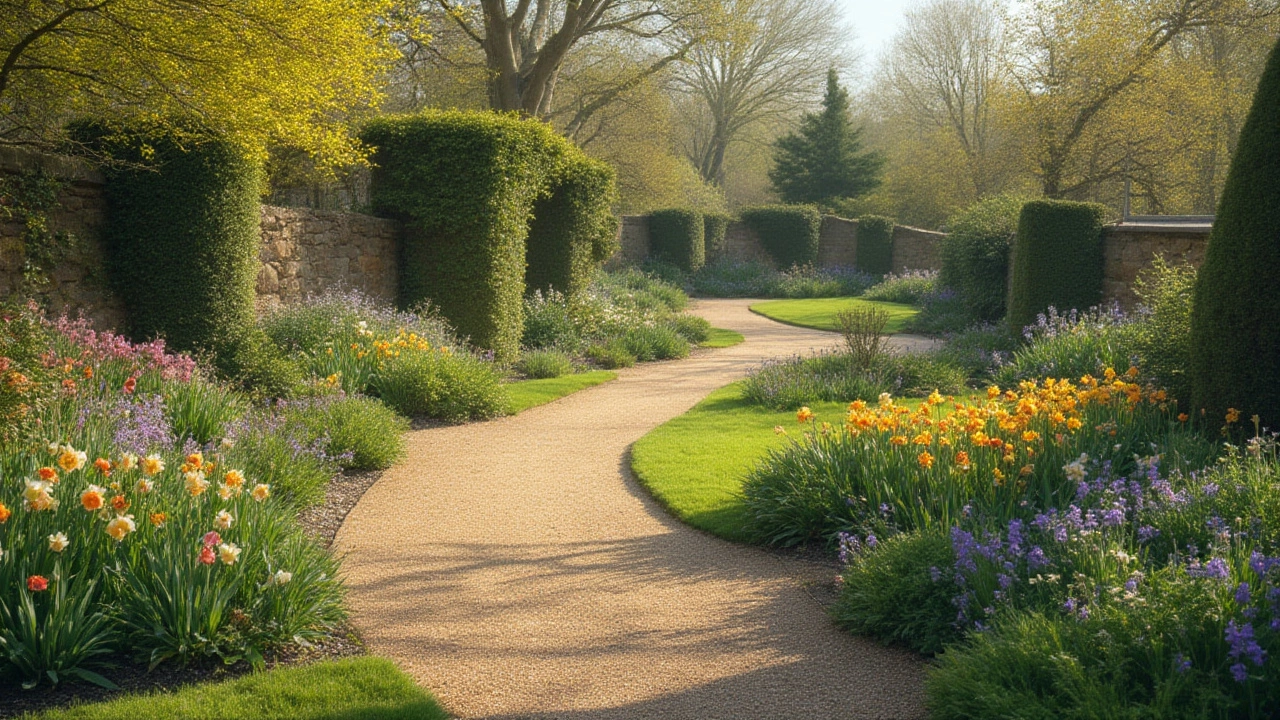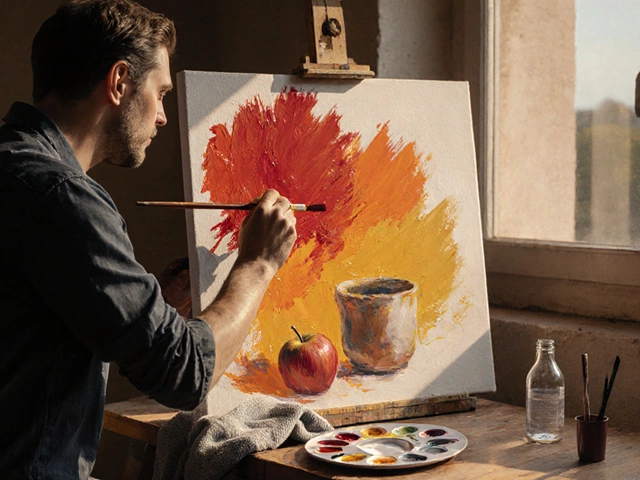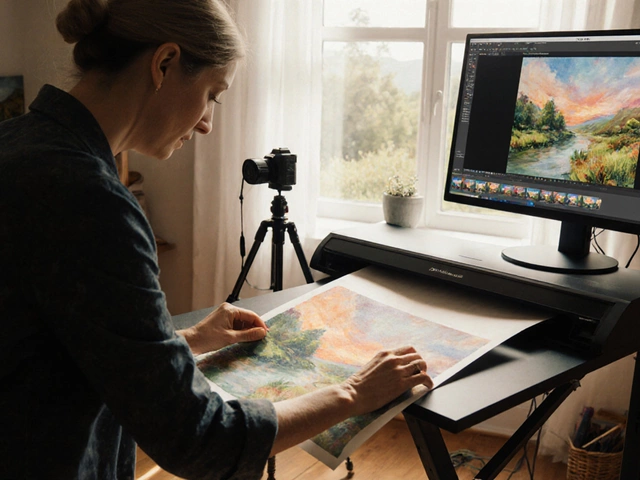Imagine standing outside with freshly mown grass under your feet, but something about the space feels...off. Maybe the flower beds are all over the place or your patio just feels stuck. You’re not alone. Landscape design can turn any plot of land, big or small, into a place that actually feels right. It doesn’t take a magic wand. It’s all about working with the five basic elements of landscape design. These principles are used by everyone from everyday gardeners to world-class landscape architects. Missing just one can throw everything out of balance.
Understanding the Five Pillars: What Really Shapes a Landscape
Every yard, park, or commercial property that catches your eye has nailed the five elements of landscape design in some way. These five are: line, form, color, texture, and scale. They’re not just academic concepts, either—anyone who has ever tried to arrange a row of potted plants has played with them, even without knowing.
Let’s talk texture for a second. It’s not just about how something feels, but how it looks and adds visual interest. Leafy ferns compared to glossy magnolia leave? That’s texture at play. And the numbers back it up—a 2023 survey from the American Society of Landscape Architects showed that 72% of homeowners picked plant combinations based on contrasting textures to boost curb appeal.
Line is one of those things you see everywhere, even without noticing. The edge of a lawn, the curve of a driveway, the way your stepping stones snake toward the back gate—all those things guide your eyes and set the mood. Curved lines feel cozy and natural, while sharp, straight lines make things look structured and clean.
Form is the next piece of the puzzle. This is all about shapes, whether it’s the round top of a boxwood or the pyramidal structure of a blue spruce. When you put these together right, the landscape feels dynamic and balanced instead of flat and boring.
Color is probably the easiest element to play with—every garden center lures you in with bright blooms and fresh leaves. But using color well often means restraint more than abundance. Think of seasonal changes: a garden that has something interesting to offer in every month becomes a spot you love in January as much as July. If you want your flowerbeds to pop in spring but stay interesting in winter, mix evergreens, early bulbs, and shrubs with fiery fall foliage.
Now, scale is a bit trickier but absolutely vital. Ever see a tiny birdbath that gets lost in a massive backyard, or a giant oak crammed up against a ranch house? That’s scale gone wrong. Keeping everything in proportion—plants, structures, decorations—stops your outdoor space from feeling awkward.
| Element | Description | Practical Example |
|---|---|---|
| Line | Guiding visual movement and structure | Curved garden paths, straight hedges |
| Form | Shape and outlines of plants and structures | Rounded shrubs, columnar trees |
| Color | Hue, shade, and vibrancy | Spring bulbs, autumn foliage |
| Texture | How surfaces look and feel | Rough bark, fine ornamental grasses |
| Scale | Relative size and proportion | Large trees in big yards, small fountains for patios |
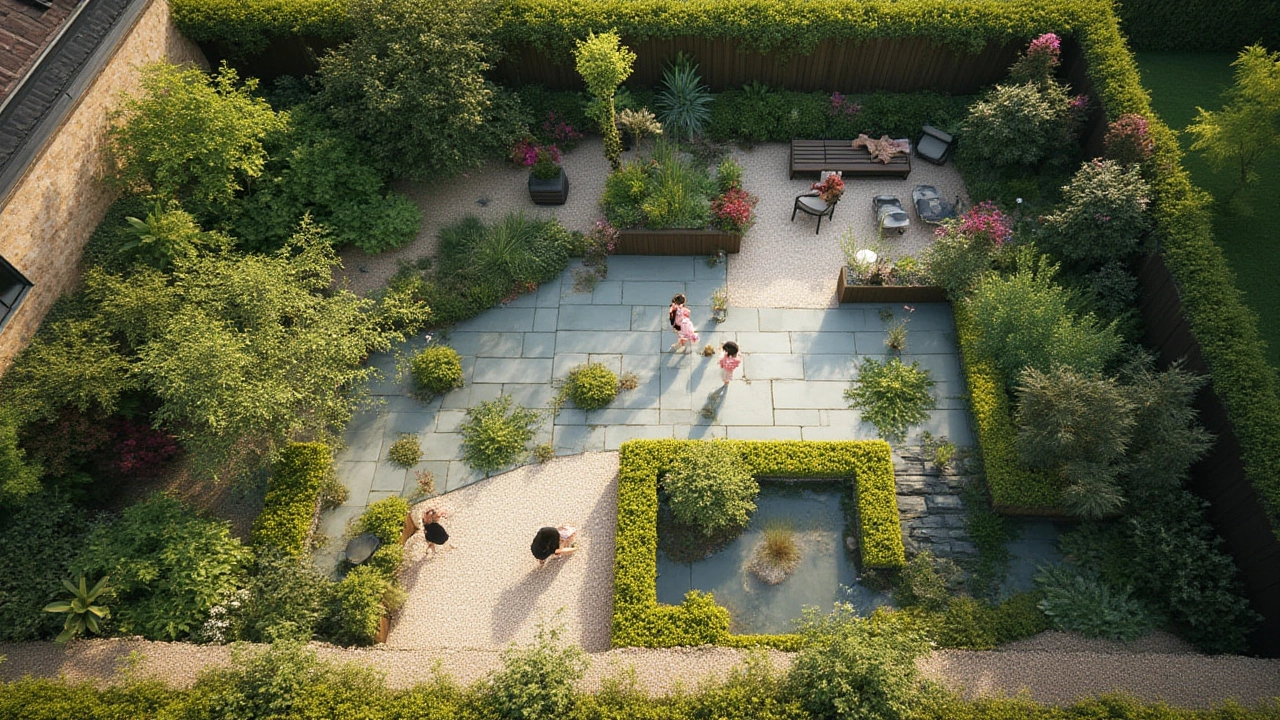
Getting These Elements to Work Together: Real-Life Tips and Facts
Let’s get into what actually works in the real world, not just what the textbooks say. If you’ve ever found yourself frozen at the nursery, overwhelmed by all those plant options, you’re already bumping up against these elements. The trick is striking the right balance.
When I planned our own backyard, Iris was obsessed with the idea of flowing, natural lines—no right-angle pathways for her. We ended up using flagstone to lay out a path that zigzags in slight curves; it draws people straight to the fire pit instead of the boring fence. It turned out that research by the Landscape Institute in the UK shows that winding paths in gardens increase feelings of relaxation by 27% compared to straight, rigid designs.
Setting up form can be fun. Odd numbers create energy; three round shrubs feel more lively than four. Try grouping by threes or fives—it’s a little mind trick that works wonders. In the corner of the yard, we added a small ornamental tree with twisty branches, surrounded it with round hostas, and put some spiky grasses in front. The variety in form keeps the space interesting from every angle.
With color, less is often more. It’s tempting to grab one of everything, but people actually enjoy gardens with repeated color palettes longer. A 2022 study from the University of Georgia figured out people find multi-season color schemes more attractive—and are less likely to grow bored of their gardens—if no more than four colors are dominant at any time. I go with deep greens, pops of purple and white, and a few bursts of orange during the fall.
Texture is an absolute game-changer when you want to add depth. Just like you wouldn’t wear all-cotton in a winter wardrobe, mix up your landscape “fabrics.” If you have all smooth, glossy leaves, your eye just skims past. Throw in some feathery ferns or fuzzy lamb’s ear, and even a small bed suddenly looks layered.
And when it comes to scale, just step back and squint. Does anything look out of place? Tall things tucked way in the back, medium heights in the middle, and ground covers or small plants in front. It’s the classic stage arrangement—works every time.
Here’s a personal story: Courtney, our daughter, insisted on having her own flower patch last summer. She planted the biggest sunflowers she could find...right next to a row of petite tulips. The result? The sunflowers shaded out everything, and the tulips disappeared by June. She learned, the hard way, that scale matters even in a kid’s flower bed.
If you want to experiment at home, start simple:
- Draw out your garden. Sketch where you want paths, flower beds, and focal points, then go over your drawing to see if you’re using curves or straight lines intentionally.
- Pick a shape and repeat. Round shrubs can pop up in different spots, or you could repeat the shape with other features like stepping stones or raised beds.
- Choose a color scheme and stick to it, adjusting shades with the seasons.
- Play “opposites” with texture—plant something rough next to something smooth.
- Group by size, with the tallest in back, smallest in front. If your garden is huge, create small “rooms” so nothing feels lost.
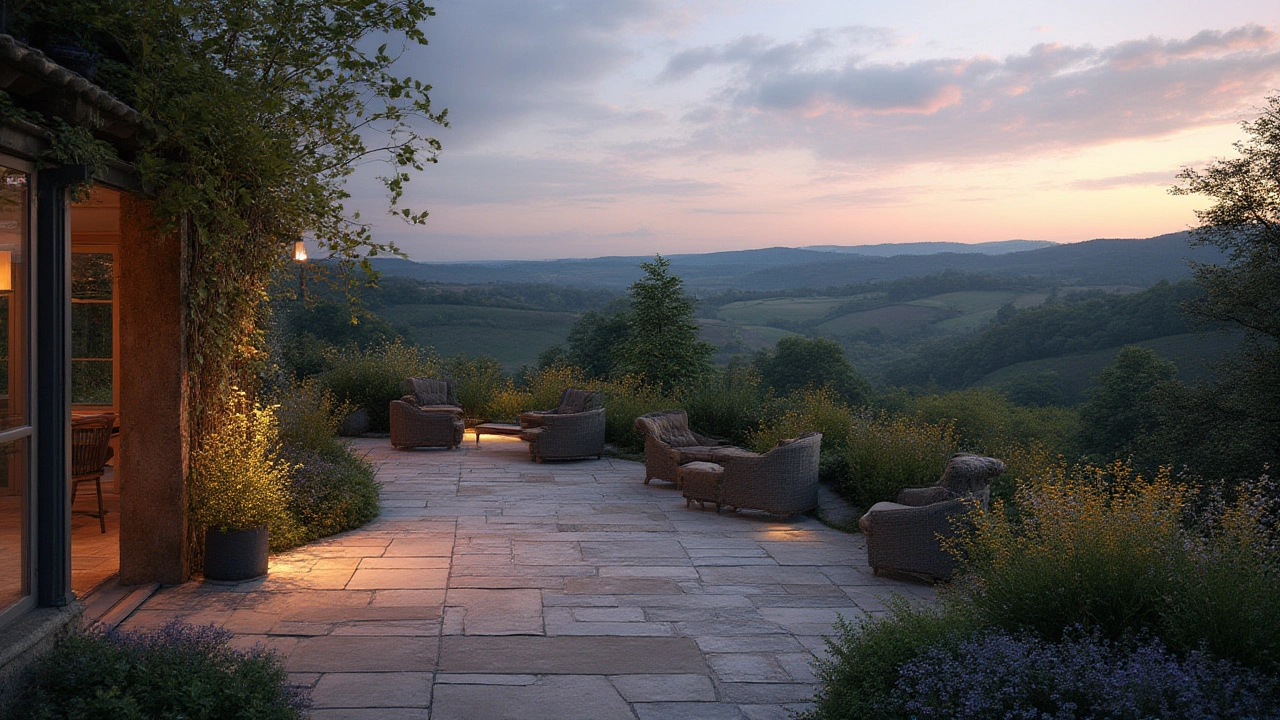
Common Mistakes and Pro-Level Fixes for Your Outdoor Space
Mistakes in landscape design are way more common than you’d think. Even professionals trip up if they get too fixated on a single element. Maybe you’ve seen a perfectly pruned line of shrubs next to a wild, overgrown flower bed, and it just looks odd. That’s poor balance between line and form. Or maybe the color scheme was perfect in May and totally blah by August—you’ve forgotten the changing nature of plants.
A big misstep? Overusing one texture. All the plants with shiny leaves will make your space look too polished, while putting only rough, spiky things together can feel harsh. Mix them, and your garden immediately looks more inviting.
Scale can be hard to nail the first time. My neighbor across the street put a massive fountain at the end of their driveway, and it looked like the thing was eating their yard. Instead, it would’ve worked better as a focal point in a larger space, surrounded by tall trees or shrubs. Think “right plant, right place”—it’s not just about sun and water, but about fitting in with the surroundings.
For color, avoid the neon garden syndrome. Too many bold colors right up front can end up looking like a collage rather than a cohesive scene. Try layering: soft blues and whites in the background, a more intense splash in the foreground.
On lines, feel free to experiment. You can soften a stiff walkway with creeping thyme growing between stones, or sharpen a wandering bed edge with metal or brick borders. Those little tweaks add tons of character.
If you want your yard to feel like a retreat, keep the transitions gentle. Move from open lawn to a shady nook step by step, using a mix of color, form, and texture to guide the eye instead of abrupt jumps.
One helpful tip from industry pros: revisit your yard as seasons change. What works in spring might flop by summer. Keep a garden notebook—or snap some pictures on your phone in July versus November. It’s an easy way to see gaps in color, spots that need more texture, or areas where your lines disappeared under a sea of overgrown grass.
Modern landscape design isn’t just about looking good. Back in 2021, the National Gardening Association found that thoughtfully designed landscapes can boost a home's value by up to 12%. It’s not just curb appeal for selling later, either. People using their outdoor spaces more often for barbecues, relaxing, or even working from home say the right mix of elements makes them spend 33% more time outside than those with poorly designed spaces.
The five basic elements of landscape design aren’t fussy or mysterious. They work for pocket gardens in the city as well as country lots with acres to fill. Keeping an eye on landscape design elements means your space will actually feel as good as it looks, every single day you step outside.
